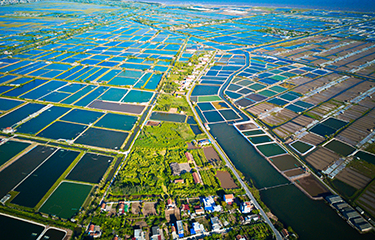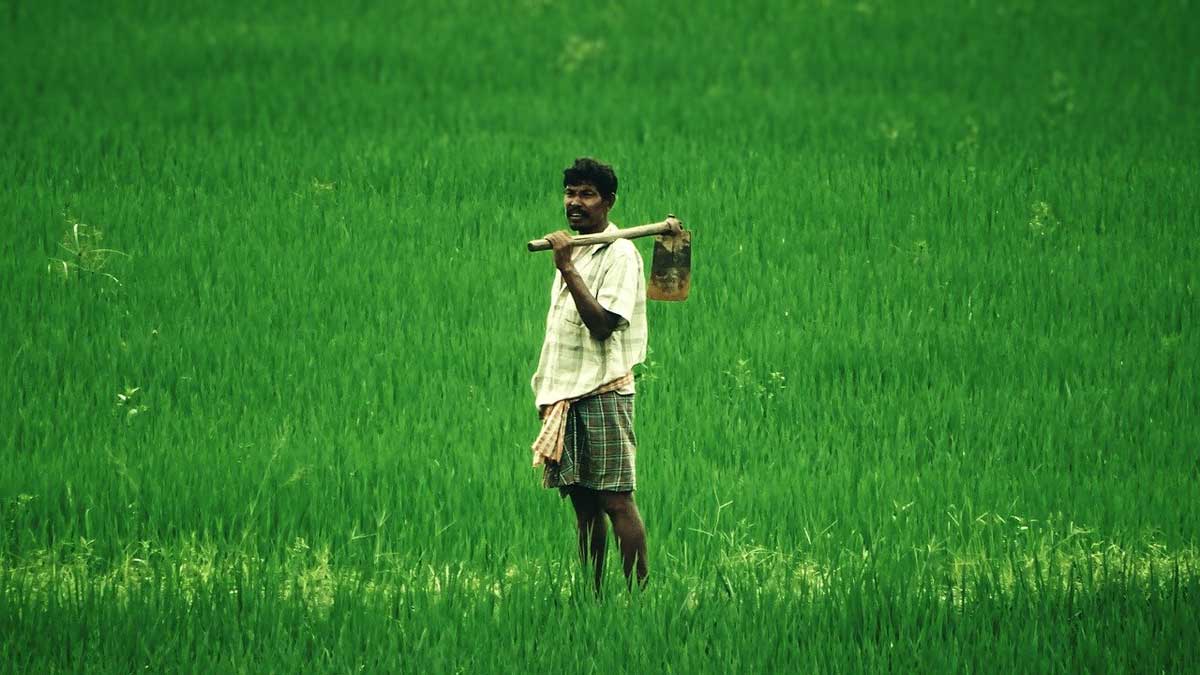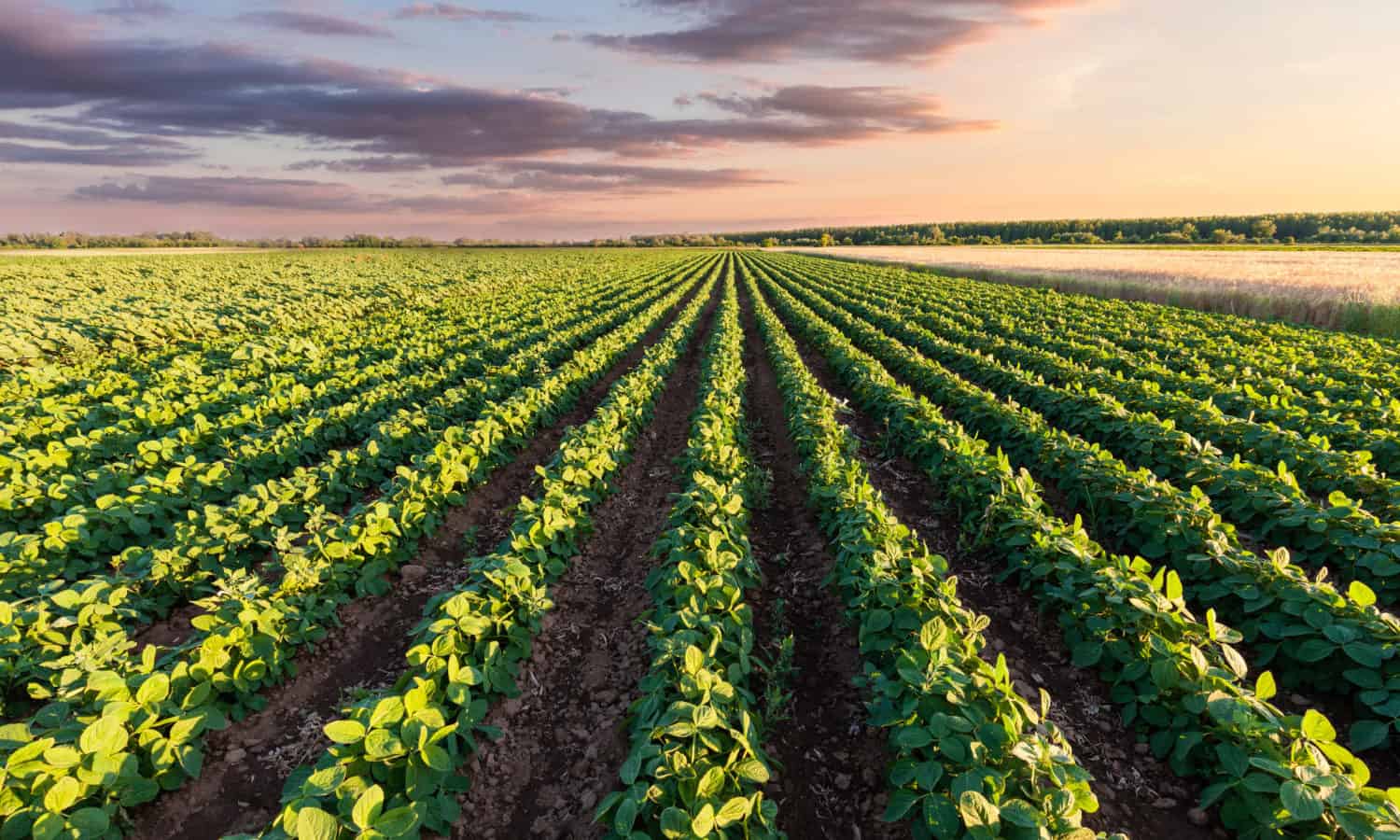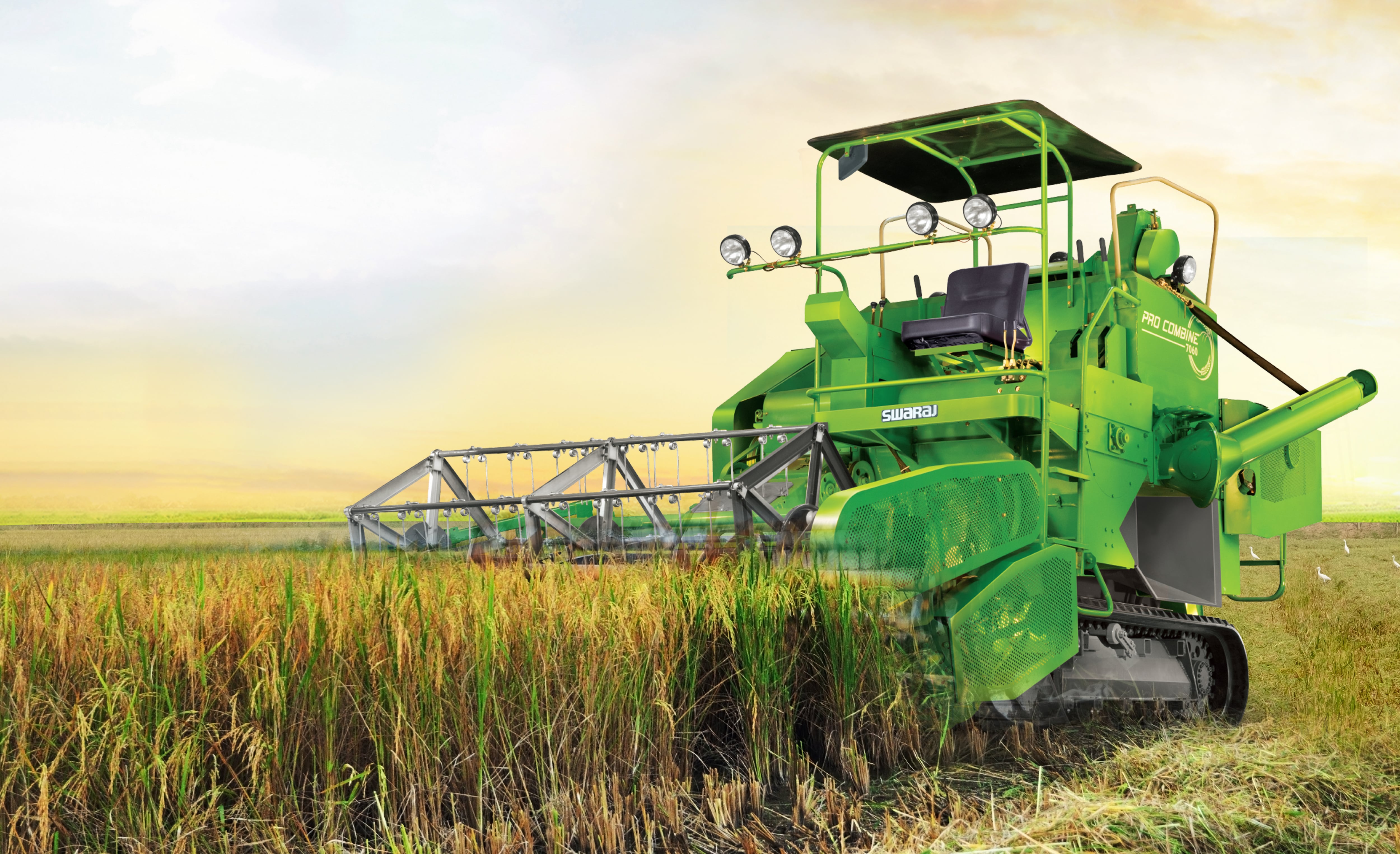In 2016, several varieties of soy, corn, cotton, and more were genetically modified to resist the effects of dicamba, a powerful chemical herbicide. It was a seemingly genius move, allowing farmers to spray the herbicide liberally on their fields to kill weeds while allowing their crops to thrive.
The trouble is, dicamba is still deadly to all other plants — not to mention potentially harmful to human and animal health — and it doesn't stay where it's sprayed.
Instead, when it gets hot, the chemical "evaporates, rises, and roams ghostlike across the landscape," according to the Audubon Society. Then, this drifting cloud "injures or kills broadleaf plants that people and wildlife depend on, from soybeans to strawberries to sweetgum. Many farmers, scientists, and advocates say dicamba's damage to crops, ecosystems, and rural communities is among the worst things ever to befall American agriculture."
But without a clear understanding of the exact damage done by vaporized dicamba, regulatory bodies like the Environmental Protection Agency have failed to tighten the restrictions on its application. That's why one team of scientists at the University of Illinois Urbana-Champaign recently conducted a study to assess the damage the herbicide does on a granular level, Phys.org reported.
Their study, published in the journal Pest Management Science, used highly calibrated drone-mounted cameras to detect subtle damage to a soybean canopy. To do this, they trained the cameras on canopies treated with one ten-thousandth, one three-thousandth, one-thousandth, and one three-hundredth of dicamba's label rate. These represented the exposure a crop might reasonably experience from different levels of vaporized and particle drift after nearby dicamba application.
"We would have an annual teleconference with the Environmental Protection Agency, where they would ask how extensive the damage was and whether their label modifications were making a difference," Aaron Hager, the study's co-author, said. "They were relying on pesticide misuse complaints, but there are a lot of factors going into whether someone makes a complaint."
"On the last call we did in 2020, we still didn't have a way to quantify the magnitude of what was really happening," he added. "Now we do."
They found that dicamba-related damage could still be detected eight days after exposure, even at the lowest exposure level. Predictably, these symptoms increased in severity with both higher and longer exposure. And while none of these secondhand exposure levels killed the dicamba-sensitive soybeans within the study's 29 days, it's reasonable to expect that prolonged exposure could cause agricultural crops and other plants considerable harm.
"We're using sensors to detect things the human eye can't see," Hager said. "I mean, we all know what a cupped-up soybean plant looks like after dicamba drift, but we don't always know when that exposure took place. This gives us a better idea."
Now, the team is looking to analyze satellite imagery to understand damage to soy crops in other parts of the country. It also hopes to calibrate its cameras to be able to understand dicamba damage in other species, too.
Source - https://www.thecooldown.com













